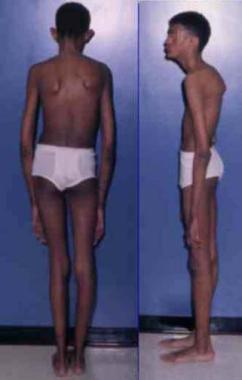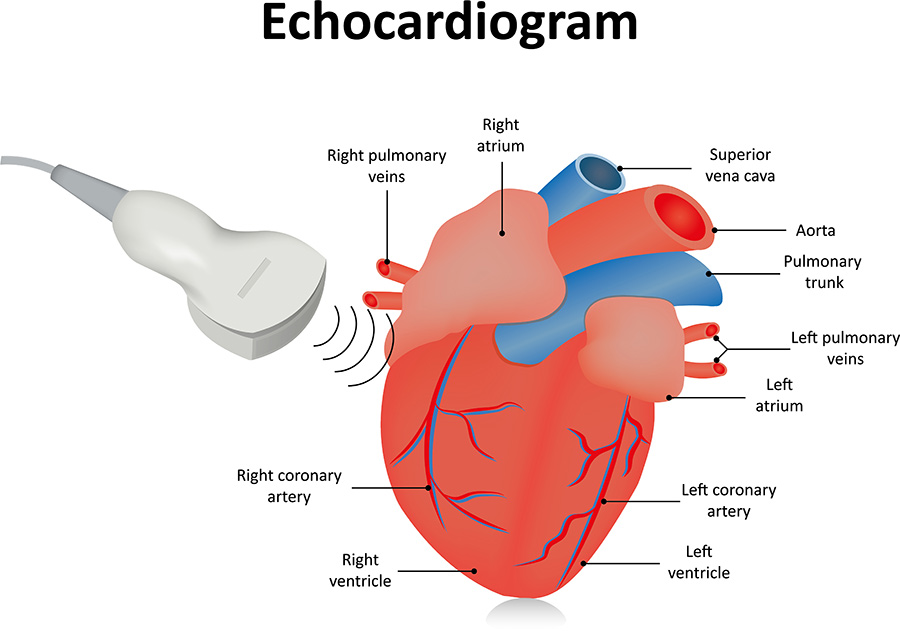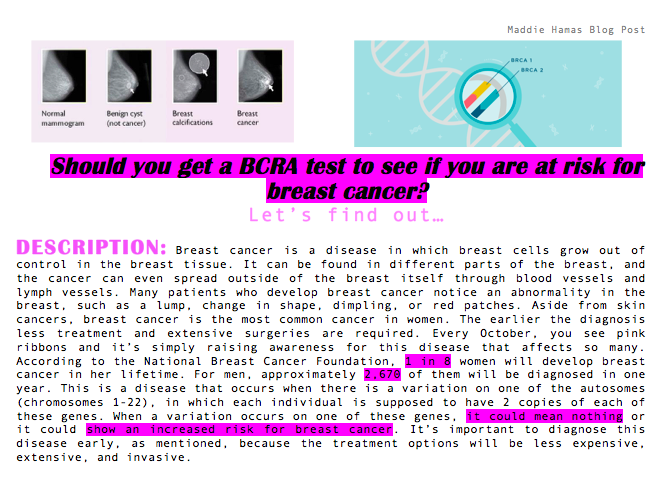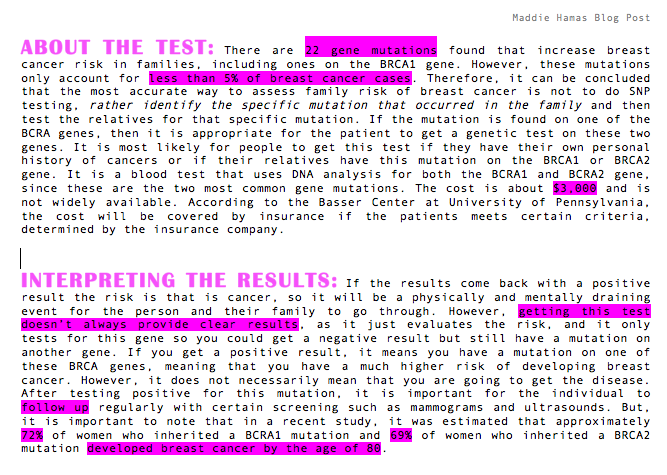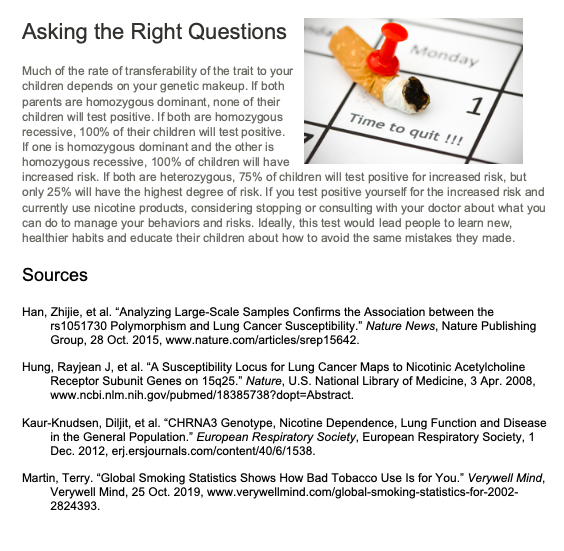By Linda Cullen

Genetic genealogy is a new forensic technique that has taken the crime-fighting world by storm. By sending your DNA to companies such as 23andMe or AncestryDNA, you can help catch violent criminals, mostly of unsolved murder and rape cases, and solve cases from years ago and now. While it may be controversial, many criminal cases have been solved and the perpetrator has been caught using this technique. For example, the Golden State Killer, who terrorized women throughout the state of California during the 1980s, was caught in 2018 using genetic genealogy (1).
Is It Okay for Law Enforcement to Have Access to Consumers’ DNA?
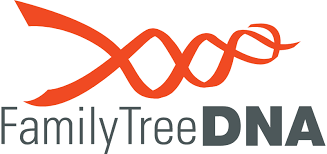
Many DNA databases have now allowed law enforcement access to their information through the new terms and conditions. For a while, there was controversy surrounding the idea of law enforcement having access to the DNA within these databases for violent crime investigation without the consumers explicitly being notified. A company called FamilyTreeDNA was exposed for allowing law enforcement access to the genetic profiles of over a million users (2). Many people thought this was an invasion of privacy, especially considering they did not give consent for their DNA profiles to be viewed and used by law enforcement. FamilyTreeDNA’s response to the criticism was that they felt a moral obligation to help solve violent cases given the information they had (3). Now, people seem to not have an issue with their DNA being available to law enforcement, considering that many criminal cases have been solved thanks to the use of genetic genealogy (2). Now, the concept of law enforcement having access to consumers’ DNA is less of a controversy, as long as there is transparency between law enforcement, the DNA database companies, and the customers.
How Does It Work?
DNA from crime scenes are inputted into the genetic database GEDmatch and cross-referenced with DNA of consumers within databases like 23andMe and AncestryDNA. If a match is found, it is most likely a distant relative of the perpetrator of the crime. Law enforcement can then trace back through the ancestry tree to find the person in the family who committed the crime and arrest them (1). This technique is especially helpful for older cases, when DNA testing couldn’t be used. The technique requires testing of Y-DNA, which is a genetic test that follows the paternal lineage. This increases the popularity among forensic investigators because it’s the best way locate relatives through the male genetic line as well as determine the gender of the person’s DNA left at the crime scene (4).
Convicting Family
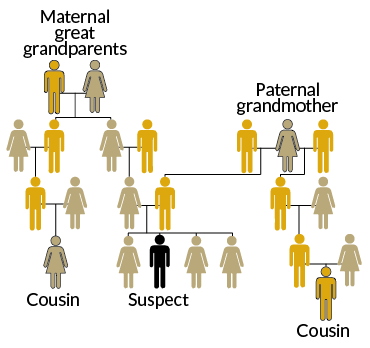
The biggest concern with this new forensic technique is that people will be unknowingly giving information to law enforcement that could get someone in their family convicted on a violent crime. While this seems to be a big issue, most of the relatives found through forensic genealogy are distant relatives, such as third or fourth cousins, and don’t even know the relative who committed the crime (2). Many people also feel that everyone should do time for violent crimes they have committed, such as murder or rape, even if it means helping to put a family member in prison. While it’s easy to look at the situation from an outside perspective and say that it is one’s moral responsibilty to give their DNA to solve crimes, even if it means getting a family member arrested, there is much more to consider in reality. The emotional distress that can come from making this decision is very difficult to put upon a family member. It is also very difficult for people to put aside family loyalties to get justice for someone they probably don’t know.
Should You Send in Your Spit?
Many campaigns have come out supporting the use of forensic genealogy and advocating to the public that they can help catch violent criminals by sending in their DNA. The most famous advertisement is Ed Smart’s ad for the genetic testing company FamilyTreeDNA, which advocated for allowing law enforcement access to DNA databases and asking viewers to send in their DNA (3). Ed Smart’s daughter is Elizabeth Smart, who was abducted when she was 14 years old. His message was that the families of victims of violent crimes need and deserve answers, and that your DNA could be the missing piece to finding those answers (3). I would recommend that you send in your spit, because the possibility of solving a violent crime with your DNA could mean giving closure to and getting justice for a victim or a victim’s family.
Sources:
1. Corbyn, Z. (2019). How taking a home genetics test could help catch a murderer. https://www.theguardian.com/science/2018/dec/01/how-home-dna-tests-are-solving-cold-cases-golden-state-killer [Accessed 14 Nov. 2019].
2. Zhang, S. (2019). A DNA Company Wants You to Help Catch Criminals. [online] https://www.theatlantic.com/science/archive/2019/03/a-dna-company-wants-your-dna-to-catch-criminals/586120/ [Accessed 14 Nov. 2019].
3. MIT Technology Review. (2019). Help us catch killers is now the new advertising angle for DNA companies. https://www.technologyreview.com/f/613232/help-us-catch-killers-is-now-the-new-advertising-angle-for-dna-companies/ [Accessed 14 Nov. 2019].
4. Corporation, P. (2019). Forensic Genealogy: What Your Second Cousin’s DNA May Say about You – ISHI News. https://www.ishinews.com/forensic-genealogy-what-your-second-cousins-dna-may-say-about-you/ [Accessed 14 Nov. 2019].

